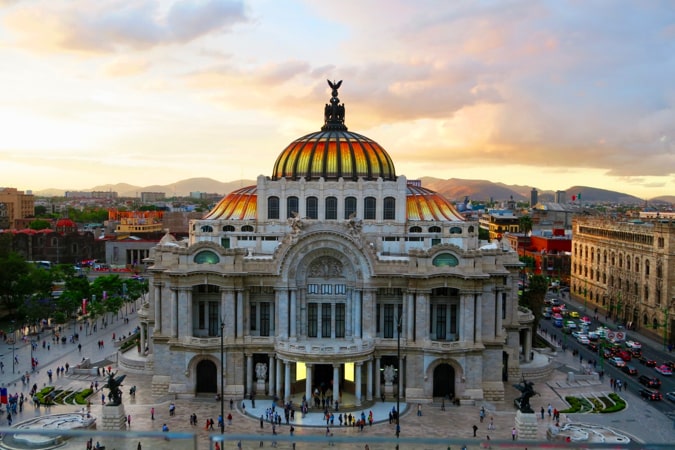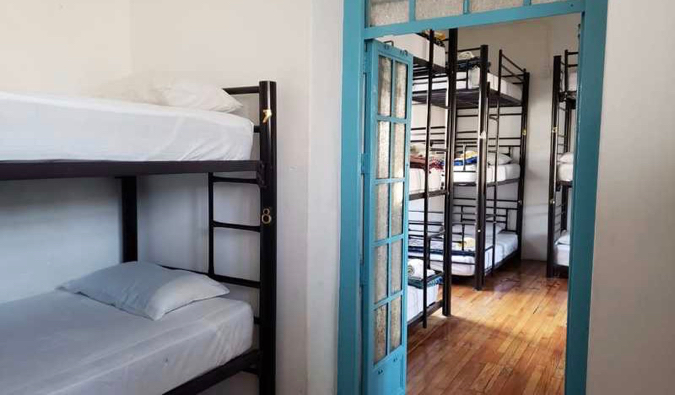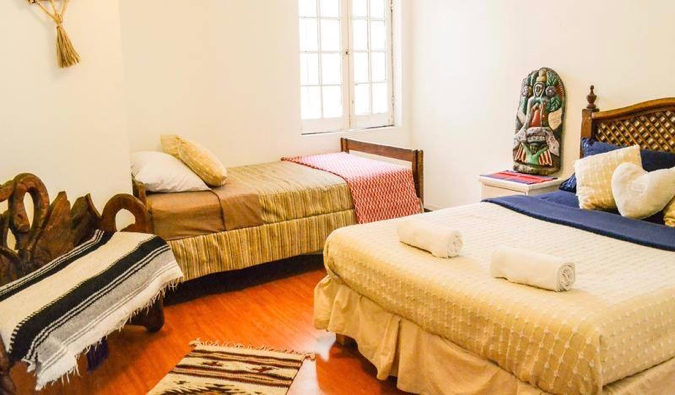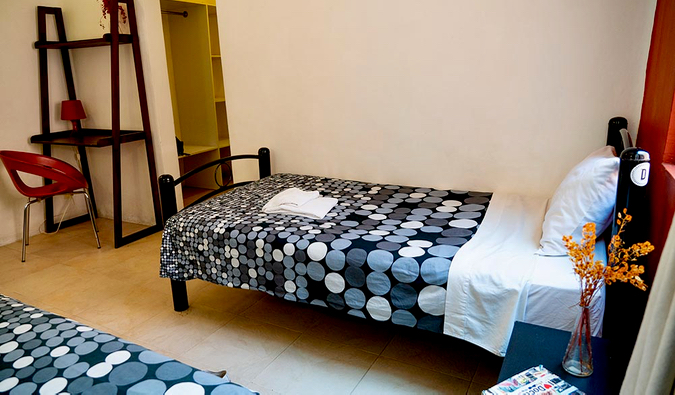
Posted: 2/17/2020 | February 17th, 2020
After years on the sidelines, sustainable travel has made its way to the forefront of the travel industry. Environmentally friendly travel is now one of the fastest-growing movements in the industry, and I, for one, welcome this trend. It’s an incredibly important topic that I’ve been writing about for years.
After all, why destroy what you love? No one wants to see paradise paved over. We all cringe when we return to an overdeveloped, polluted destination. None of us want to contribute to that.
Being an eco-friendly traveler is simply being a respectful traveler.
As we strive to become more environmentally conscious, the questions for travelers become:
Just how do we “green” our travels?
What can we do to lower our carbon footprint as we travel the world?
How can we better interact with the communities we visit?
What changes can we make that are actually helpful?
Flight shaming people is not the answer, but do we all just stay home and quit traveling?
Fortunately, there’s actually a lot we can do as travelers to reduce our ecological footprint while contributing to the sustainability of the communities we visit.
Here are 13 concrete ways to reduce your environmental impact as a traveler:
1. Stay Close to Home
Though the exotic is always appealing, travel doesn’t have to be about going somewhere far away. Travel is the art of exploration and discovery — and that can just as well be nearby. Find somewhere close to home you haven’t been, get in your car (or better yet, take the bus), and go visit. You never know what you’ll come across!
“X” is always the most interesting place on the map.
2. Make Greener Transportation Choices
If you can, try to travel by train or bus. Not only does this reduce your carbon footprint but companies like FlixBus, Megabus, and Greyhound always have some cheap tickets, so you can save money too.
And when traveling by car, consider offering rides to other travelers to lower your collective emissions and cut costs. Many people will be happy to chip in for gas if it saves them time, which means you can save money and lower your carbon footprint at the same time. Win-win! That will cut your per-person transportation emissions in half (if not more). Use platforms like BlaBlaCar, Couchsurfing, and Craigslist to find rideshares near you.
Avoid flying or driving long distances by yourself whenever you can.
3. Travel Slow
When we travel abroad, we have a tendency to rush around from place to place, trying to soak in as many sights as possible. I get that. After all, not everyone can be permanent nomads, and when you have limited time and aren’t sure if you’re coming back again, I can see why people “travel fast.”
However, not only does this raise your transportation costs since you’re moving a lot, you end up increasing your carbon footprint. All those trains, buses, and planes add up. The fewer you take, the better.
Additionally, being a good traveler not only means reducing your carbon footprint but also doing good by the communities you visit. Day-tripping brings in very little money to communities but impacts their infrastructure heavily (it’s why the city of Hallstatt in Austria is restricting day tours). So try to stay at a destination for a least a night.
Traveling to fewer destinations is good not only for your wallet and the climate, it’s good for local communities as well.
(Plus, slowing your travels will let you get to know places in a deeper way, since you’ll get to spend more time there. In travel, less can be more.)
4. Pack Smart
While the specifics of will depend on where you’re going, there are a few things you’ll want to bring with you to help you travel more sustainably:
- Reusable water bottle – Nalgene makes durable bottles that are BPA-free and made in the USA.
- Water filter – Many destinations don’t have potable water, which means you’re going to be using tons of single-use plastic. Instead, bring a Lifestraw or SteriPen. These devices will purify your water so you can drink from practically anywhere, ensuring you can avoid single-use plastic bottles.
- Tote bag/stuff sack – If you’re traveling long-term, bring a tote back or an extra stuff sack. You can use them for buying groceries and avoid plastic bags. At other times, they can be used to keep your bag organized.
- Diva cup – This is a reusable menstrual cup. While I can’t speak from personal experience, it’s something our resident solo female travel expert packs when she travels, since menstrual products are not always available (and can also be quite wasteful).
- Utensils – Travel cutlery (a fork, knife, and spoon, or just a spork or a set of chopsticks) can come in handy if you’re on a budget and plan on cooking your own meals. But they’re also useful for street food and eating out, as you can avoid plastic cutlery.
Additionally, bring a small Tupperware container for leftovers. I always find myself with extra food when I cook in hostels. This helps avoid waste and provides food for the next day. It’s an amazing travel hack surprisingly few people make use of.
5. Fly with Fewer Connections
While I don’t believe in flight shaming, it’s impossible to deny that flying does have a hefty carbon impact. In addition to limiting your flying, try to use longer flights with fewer connections. Twenty-five percent of airplane emissions occur during takeoff and landing, which means if you fly shorter flights with more connections, your emissions will be drastically higher.
Flying direct is simply the better option environmentally, so opt for that whenever possible.
6. Avoid Overvisited Destinations
If you can, avoid cities grappling with overtourism. You’ll find fewer crowds and lower prices, and you also won’t be putting as much strain on local communities struggling to keep up. (And, from a sheer personal-enjoyment point of view, who wants to deal with crowds or long lines? No one.)
If you do visit overtouristed places, such as Venice, Amsterdam, or Barcelona, pick a hotel or hostel instead of using sites like Airbnb. Apartment rentals drive up rents for locals and force them out of the city center. Unless you’re going to share accommodation with a local by renting a room from them (or using Couchsurfing), stick to hotels and hostels. Airbnb and similar sites really are detrimental to cities that don’t have a lot of housing.
7. Take Public Transportation
After walking, public transportation is the next best way to explore new destinations. On arrival, head to the local tourism office to learn about the options (as well as any visitor discounts available for public transit).
If you do need a taxi, use ridesharing apps instead. Uber and Lyft have a “pool” option in many cities, which lets you split your ride with other travelers. While it may take a little longer to get to your destination, it will save you money and ensure that your ride is as eco-friendly as possible.
When it comes to longer distances, budget buses are your best way of getting around, since they usually pack in a lot of passengers. Megabus and FlixBus are two of the most popular options.
8. Eat Local
Food that is imported has a much higher carbon footprint than locally grown food (and it’s usually not as fresh either). To keep your carbon footprint down, eat like a local. Stick to foods that are grown locally, and avoid packaged and imported foods much as possible. This will ensure that you’re eating seasonal produce, which not only is going to be the freshest but will also support the local economy. (Also, stick to organic food if you can.)
Sure, the odd Western comfort meal is not the end of the world, but the more you eat locally, the more you reduce your environmental footprint and the more you help the local economy as well. After all, you didn’t come to Thailand to eat a burger you could get at home, right?
9. Cut Back on Meat and Dairy
I’m not saying you need to go vegan. I love meat and never plan to give up bacon. But if you’re concerned with the impact of your food, reducing your meat and dairy intake is extremely helpful. Over 25% of global greenhouse gas emissions come from food — and the majority of those emissions are from animal products. So by cutting back on your meat and dairy consumption, you’ll drastically reduce your carbon footprint. (Avoid Brazilian beef if you can, as lot comes from cleared rainforest land. Cattle ranching is the #1 cause of rainforest deforestation in the world. Same for soy too.)
Plus, it’s never been easier to travel as a vegan or vegetarian, as there are tons of amazing restaurants out there — as well as apps to help you find them (you can download the HappyCow app to find the best vegan and vegetarian options near you).
Even if you take meat and dairy out of one meal a week, you’ll be moving the needle in favor of a lower carbon footprint and a more ethical diet.
10. Avoid Animal Attractions
Part of traveling green is helping the other creatures that inhabit his earth. That means you should avoid any and all attractions that use captive wild animals for entertainment. The most common offenders are riding elephants, swimming with dolphins, visiting captive whales, and petting (drugged) tigers. These activities require animal abuse and imprisonment and should be avoided.
Animals are best viewed in their natural habitats. If you want to see them, go on a safari, jungle hike, or whale-watching tour and see the animals where they belong, in the wild.
If you want to be an ethical and responsible traveler, stick to taking photographs and avoid direct interactions with animals.
For more information on animal tourism and how to avoid it, check out these helpful organizations:
11. Reduce Your Plastic Use
I hate plastic. It creates a ton of waste. From plastic bottles to toothpaste tubes to shopping bags, plastic sucks. I admit I’m not perfect, and I still use too much, but I’m always trying to reduce my consumption (both at home and abroad).
Avoiding plastic as much as possible is a great way to reduce your environmental impact. You can buy a reusable water bottle, use toothpaste tabs, carry your own cutlery, and travel with a canvas bag for starters.
Additionally, skip the plastic straws and cutlery and avoid getting take-out unless it comes in biodegradable containers. Straws can take 200 years to biodegrade, and plastic bags take 20. Don’t let a few minutes of convenience endanger the planet. Skip the plastic.
12. Cut Back on Cruises
Cruises are one of the worst offenders when it comes to carbon footprints and overtourism. Taking a cruise has the same average per-person carbon footprint as flying from London to Tokyo — round-trip. That’s almost 20,000 kilometers (12,500 miles)!
Thanks to cruises, carbon emissions in popular port cities can be so high that thousands of people actually die prematurely every year.
And to top it all off, day-trippers from cruises visits are overwhelming local economies, driving up prices, forcing out locals, and creating destinations that are over-reliant on tourism.
Don’t get me wrong: cruises are a fun way to travel. But if you’re looking to lower your environmental footprint, you’ll want to avoid cruises as much as possible.
13. Take a Nature-Related Trip
Travel is one of the best personal development tools there is. It opens you up to a whole new world and widens your perspective of so many things — people, culture, history, food, and so much more.
If you want to better understand and appreciate the natural world, try taking a trip with the sole purpose of connecting with nature. Head to the Australian Outback, go diving and swim around coral reefs, visit national parks, camp in the Moroccan desert, stay a few weeks in a town with little or no electricity, canoe down the Amazon River, or spend a few nights under the stars in a field close to home.
Do something that gets you in touch with the world in a way that sitting at home with all the electricity and free-flowing running water doesn’t. I promise that when you come home, you’ll have a new perspective on why we’re all so focused on being environmentally friendly these days.
It doesn’t take much to see that we are living unsustainably and something’s got to give. Going on a nature adventure can get you to think differently when it comes to the environment and how important it is for us to treat it well.
Traveling in a more green and eco-friendly way is something we should all aspire to. As travelers, it’s our responsibility to make sure that, while we explore the globe, we do so in a way that doesn’t harm the planet or the local communities that we visit.
With a few simple changes, you can all become better and more sustainable travelers. You just need to take that first step. Action begets action, and the more actions you take, the easier the other ones will be.
Book Your Trip: Logistical Tips and Tricks
Book Your Flight
Find a cheap flight by using Skyscanner or Momondo. They are my two favorite search engines, because they search websites and airlines around the globe so you always know no stone is being left unturned.
Book Your Accommodation
You can book your hostel with Hostelworld as they have the largest inventory. If you want to stay somewhere other than a hostel, use Booking.com, as they consistently return the cheapest rates for guesthouses and hotels. I use them all the time.
Don’t Forget Travel Insurance
Travel insurance will protect you against illness, injury, theft, and cancellations. It’s comprehensive protection in case anything goes wrong. I never go on a trip without it, as I’ve had to use it many times in the past. I’ve been using World Nomads for ten years. My favorite companies that offer the best service and value are:
- World Nomads (for everyone below 70)
- Insure My Trip (for those 70 and over)
Looking for the best companies to save money with?
Check out my resource page for the best companies to use when you travel! I list all those I use — and they’ll save you time and money too!
The post How to Become a Sustainable Traveler in 2020 appeared first on Nomadic Matt's Travel Site.



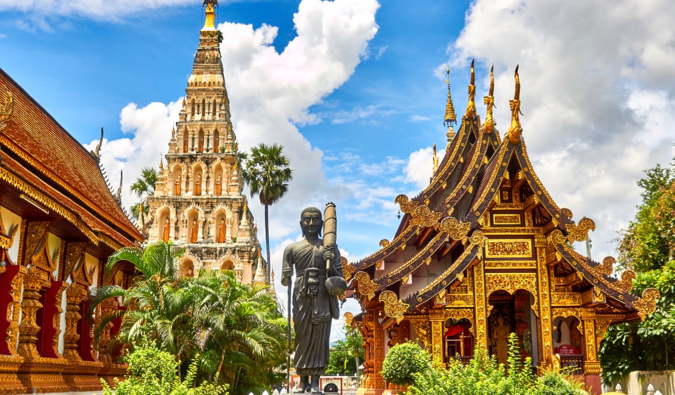

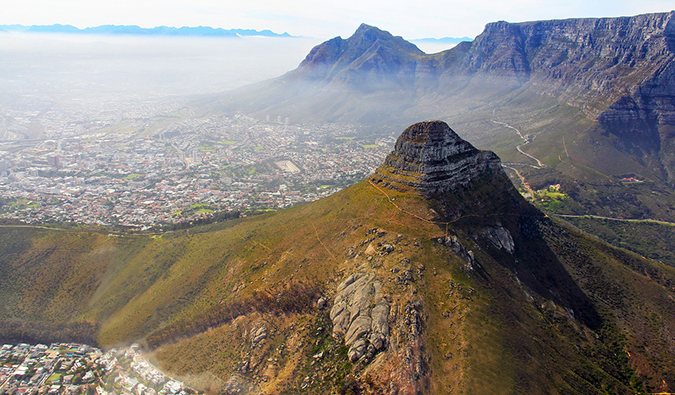

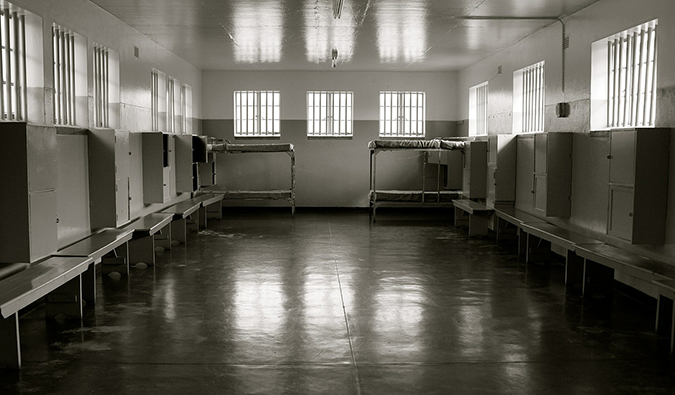
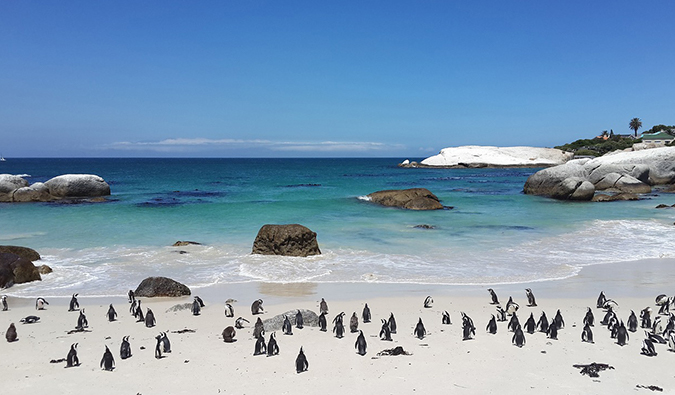

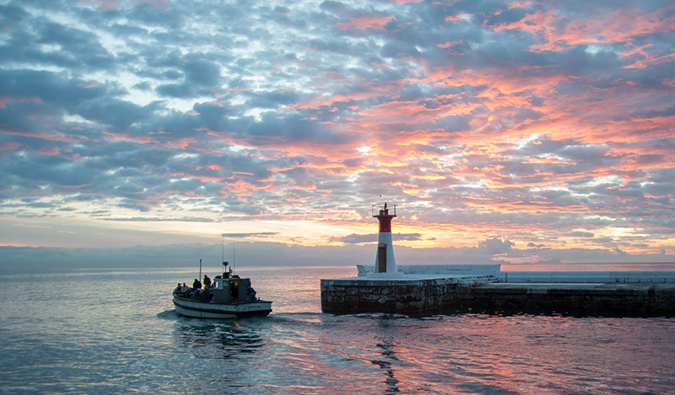
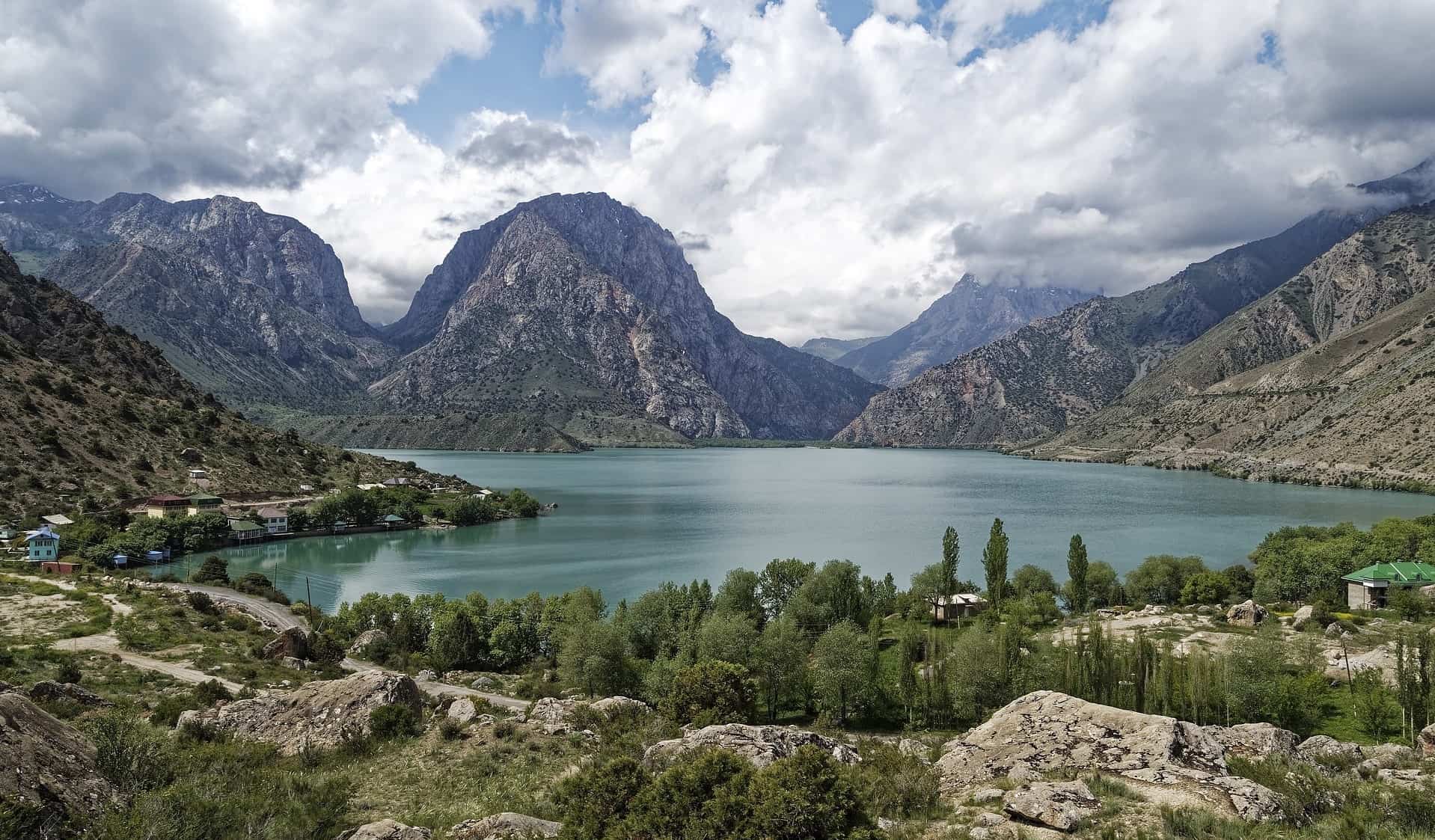


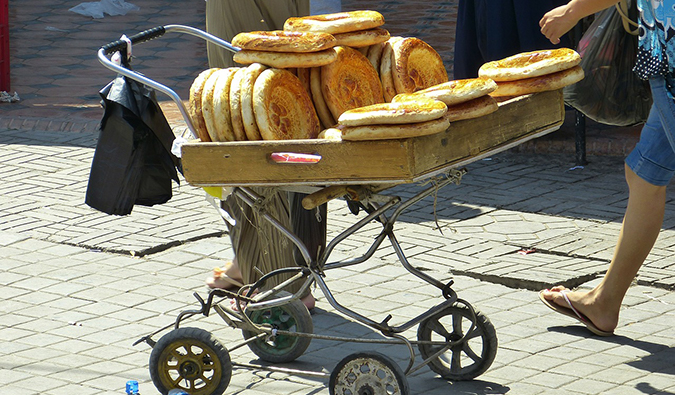 Everyone gets sick in Tajikistan. I have the world’s strongest stomach, and even I got sick on three separate occasions. You should also wash your hands as much as possible and avoid putting them into your mouth after handling money. And don’t drink the tap water!
Everyone gets sick in Tajikistan. I have the world’s strongest stomach, and even I got sick on three separate occasions. You should also wash your hands as much as possible and avoid putting them into your mouth after handling money. And don’t drink the tap water!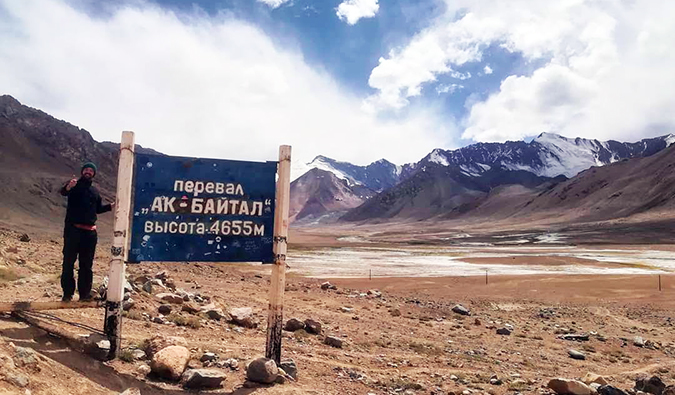 here and follow his Instagram
here and follow his Instagram 